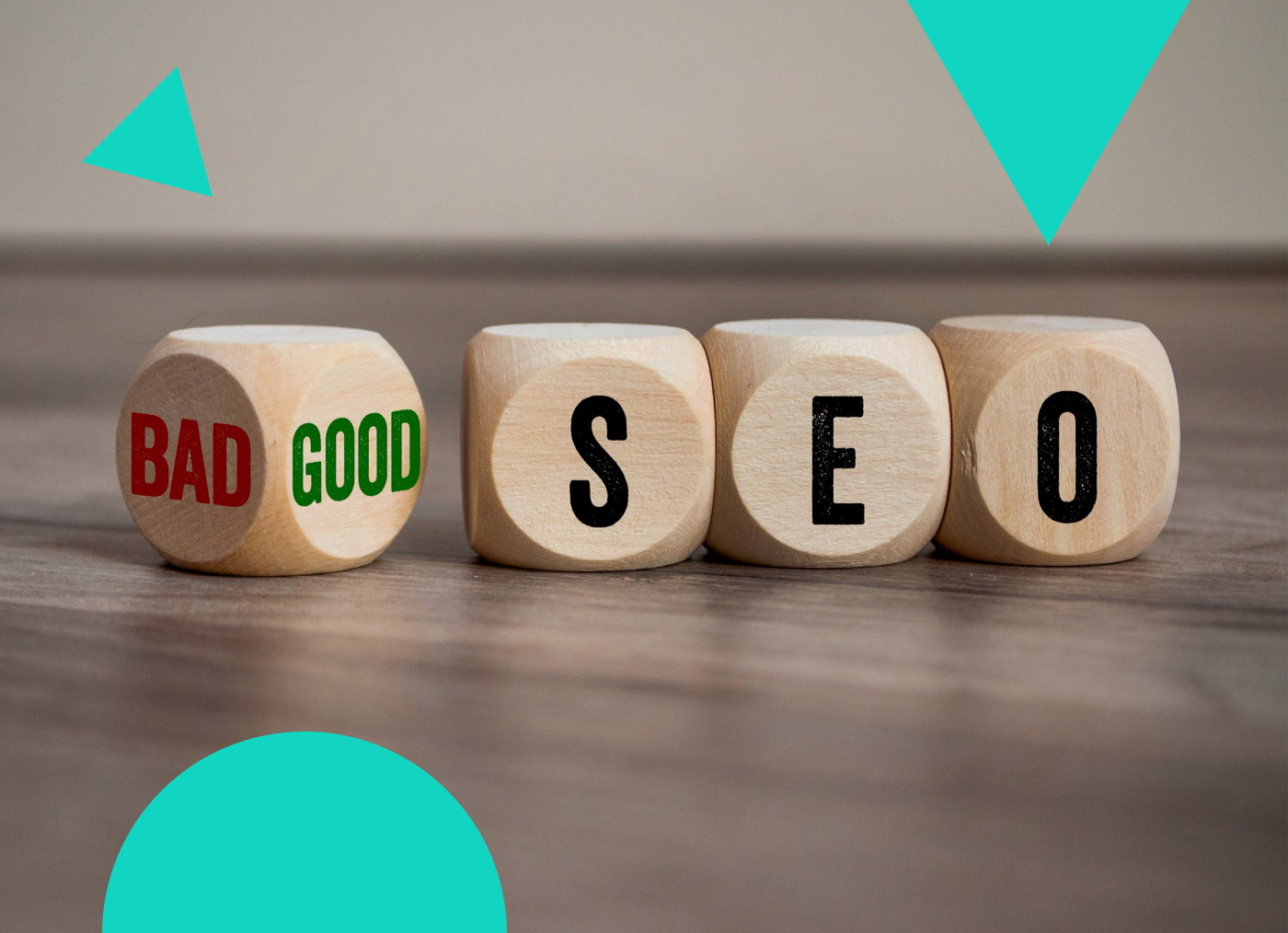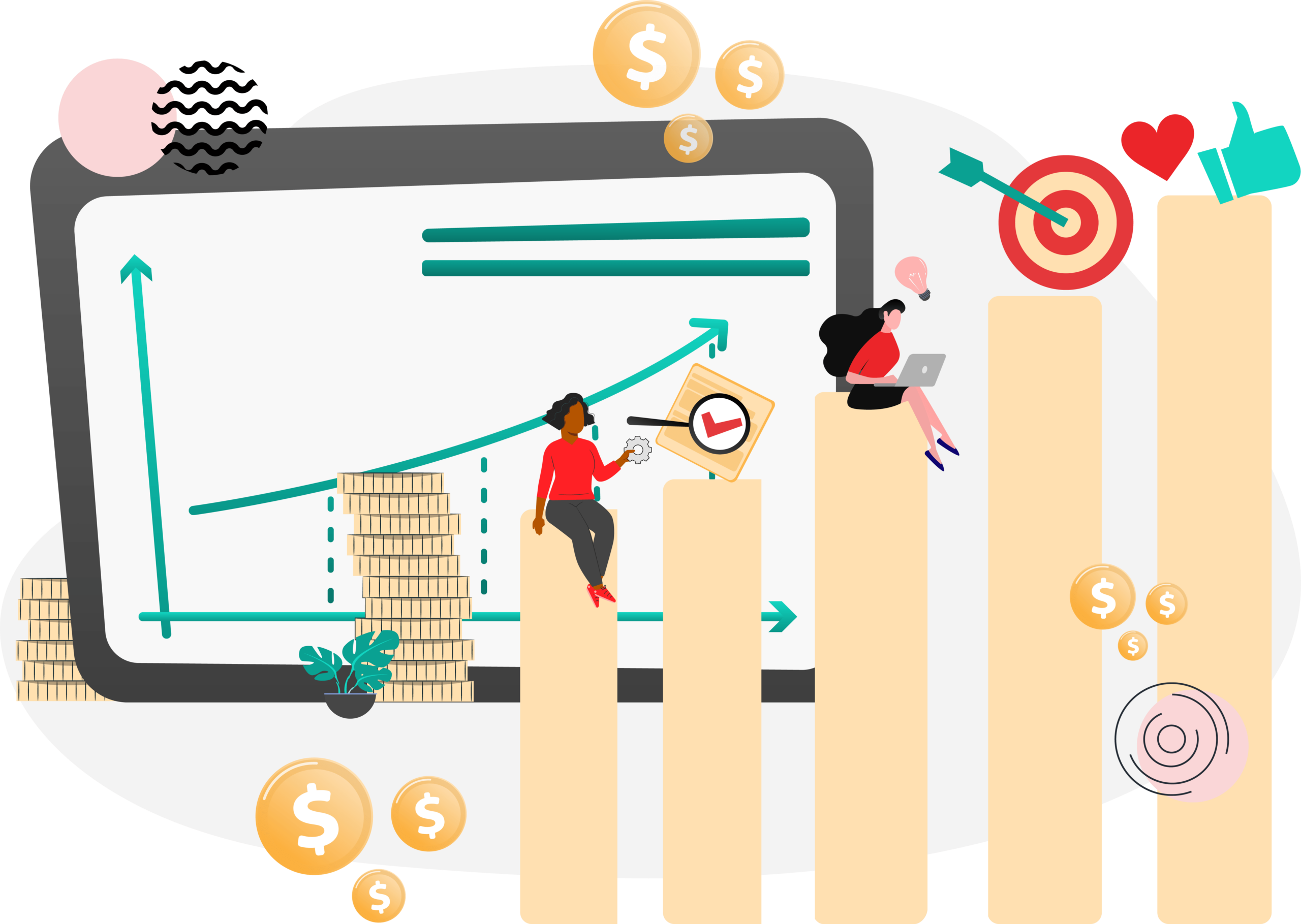If you’re looking to boost eCommerce SEO, determining the best SEO ranking factors can be difficult for both newer business owners and seasoned content creators alike. As SEO continues to evolve, there are so many directions you can go with creating the right strategy that brings the right traffic to your eCommerce site.
It’s fun for SEO experts to keep up with the constant changes (no, really!), but we understand it’s a real headache for business owners who have a thousand other things on their to-do lists.
You can always contact an eCommerce SEO agency to help put together a roadmap to higher site traffic through an effective SEO strategy.
But there are a few quick fixes you, or someone on your team, can do today to rank higher on Google.
In this post, we’re going to break down 10 easy ways to boost your SEO, with action steps you can take today.

1) Create Natural and In Context Content
To boost your eCommerce SEO through great content, you have to write for humans, not for bots or algorithms. Keep the tone of your content as natural as possible.
Trying to have your target keyword on the page as many times as it will fit (keyword stuffing) will make the text sound unnatural.
Worse, Google will notice, and may even devalue the page for it.
Depending on your audience, using plain language and shorter sentences can often boost SEO. Don’t think of this as “dumbing down” your text; see it as being more accessible for varying levels of understanding.
2) Use Secondary Keywords
Focus on keyword groupings around the target. If you’re writing for a power tool page, for instance, then add some applications and associated projects that use the product. These are called secondary keywords which help Google understand the overall topic of the page.
These are different from synonyms, however, which may be included on a case-by-case basis.
Most common synonyms are recognized by Google, so making sure to have every kind of variation is less important than it used to be.
When in doubt, search for both terms and if you get wildly different results, then you know something needs to change.
3) Increase Your Site Speed
Every second counts. If your pages take too long to load, you are losing users.
Google has several metrics for measuring load time, the shortest, FID (first input delay), needs to be under 0.1 second.
Some quick ways to help speed up your website:
- decrease photo size
- remove unnecessary plug-ins
- declutter widgets
- and reduce pop-ups.
Running a Site Speed Test will let you know if and how you need to improve your site. A fast website is a critical way to boost SEO.
Learn more about increasing your site speed here.
4) Write Relevant Meta Descriptions
While meta descriptions are not a direct ranking factor, they can heavily influence click-through rate (which is a big ranking factor).
Google sometimes uses that description in the SERPs (search engine results page), so it needs to tell the user why they should click on your link.
These descriptions need to be unique for every page of your site — shoot for around 150-160 characters, max.
Again, your descriptions should focus most on being informative and readable.
5) Link to Other Posts or Pages on Your Website
One way Google knows which pages on your site are important is by looking at the link structure.
What is cross-linking?
If all of your pages link to one specific page, Google sees that page as extremely important to your site. This is called cross-linking or internal linking. Make sure that key landing pages and/or categories are linked throughout your site.
What are backlinks?
Backlinks are links that point to one of your pages from another website. These are very valuable from an SEO standpoint, but also more difficult to cultivate. For a quick fix, focus on your internal links first.
6) Watch for Typos and Grammar
Too many typos can affect your ranking. But even just a few here or there can negatively impact your user experience — which leads to less customer trust and lost potential leads or sales.
7) Choose Your Heading Tags Wisely
Heading tags give structure to your page. Here are the most important things to know about heading tags:
- There should only be one h1 on each page, usually: your blog post title, name of the category, product name, and so on.
- Subheadings (h2, h3, etc.) let readers and bots scan the page to quickly understand what the page is about and what relevant information lives on the page.
- Last, you should have multiple subheadings that lend themselves to the structure of your page or post.
8) Younger Crowd? Try Adding Emojis
Gen Z loves their emojis — yes, even in their Google searches.
If this is your target market, consider adding emojis to your tags, or even headers, when relevant. For instance, “🍕 near me” or “🌮 recipe.”
This has been an email marketing trick for years, and now it’s creeping into SEO.
9) Check Browser Types and Device Analytics for Issues
When looking at your analytics, check to make sure that your site is working properly across all major browsers and devices. A high bounce rate or low time on a page could indicate a serious issue that is damaging your trustworthiness with Google.
10) Refresh & Update Old Content
A periodic content refresh is considered best practice for several reasons.
For one, users demand up-to-date information, and so does Google. Content freshness can be a tricky ranking factor to nail down but in general, an established page that is periodically updated looks much better to Google than a brand new page on the same topic.
Refreshing old content helps combat changes in keyword usage and focus ranking factors on one page, instead of across several.
We hope this rundown gives you action steps you can take today to increase your SEO and rank higher on google.
Ready to rank even higher? Contact us today for an SEO audit and strategic SEO plan for your online store.
Gentian, CSO and co-founder of Shero Commerce, guides the company and client digital strategies. He's an expert in technical SEO, Inbound Marketing, and eCommerce strategy.






